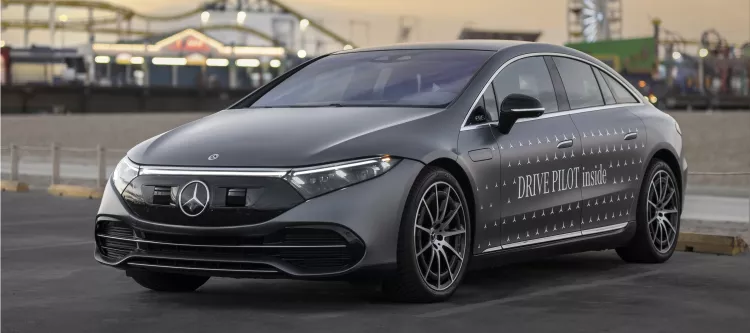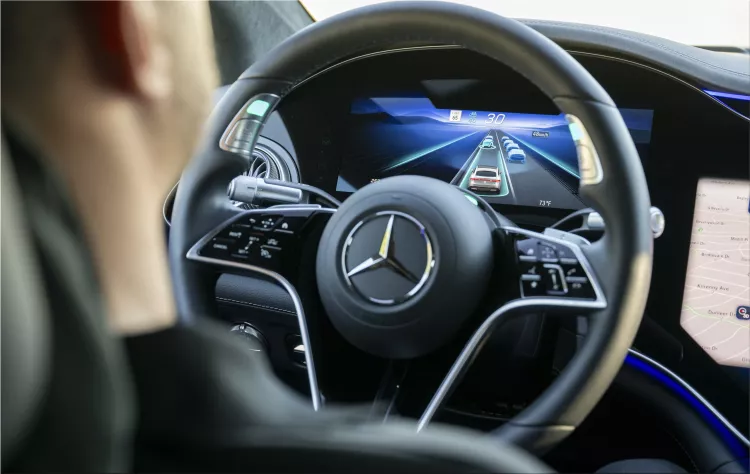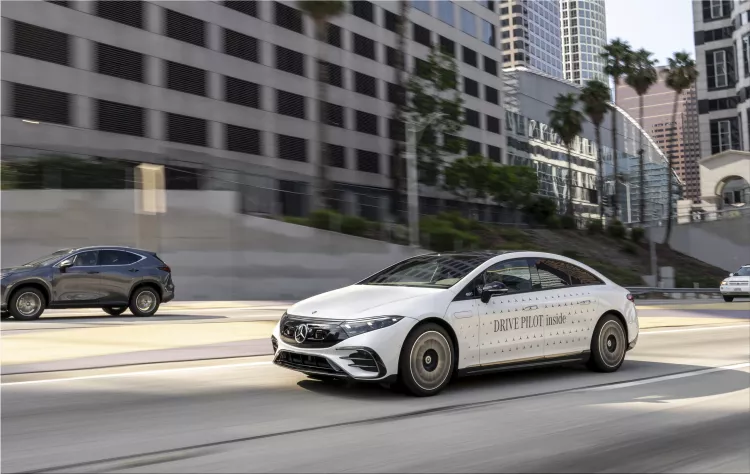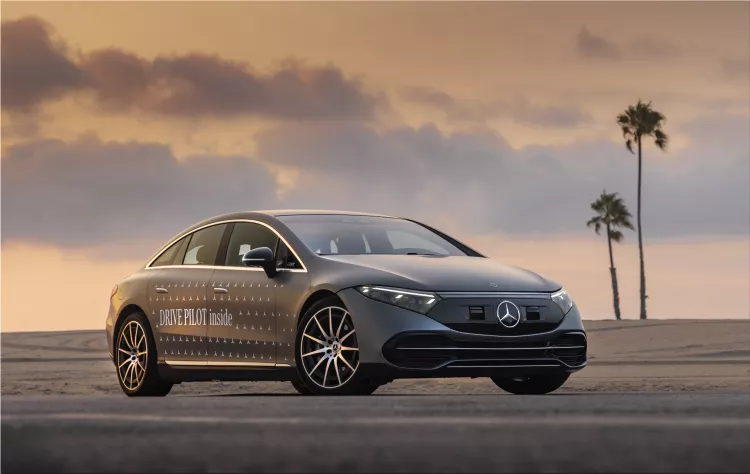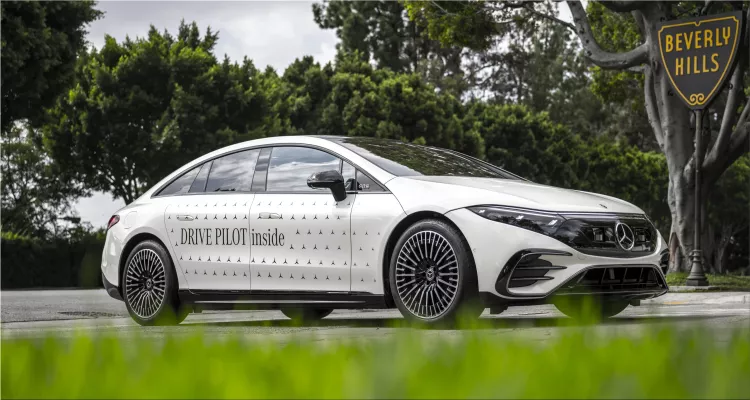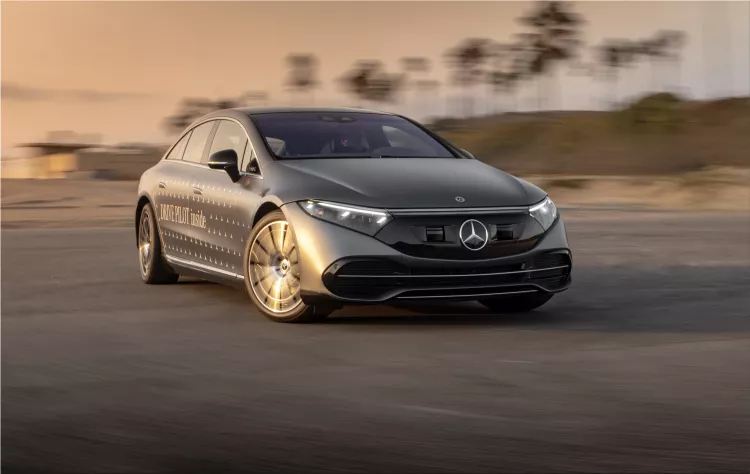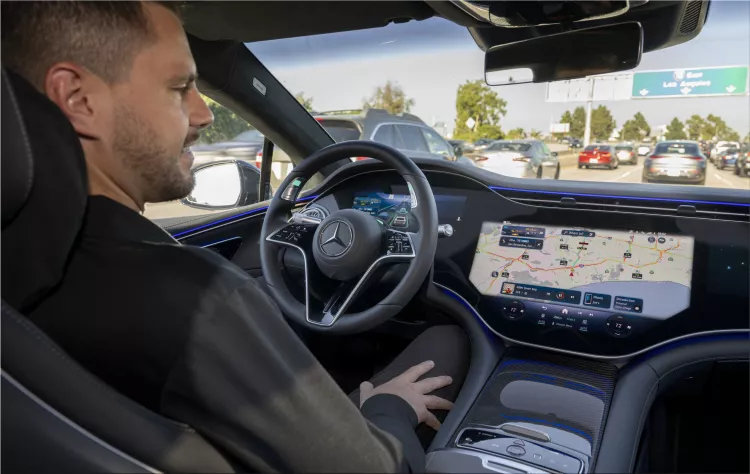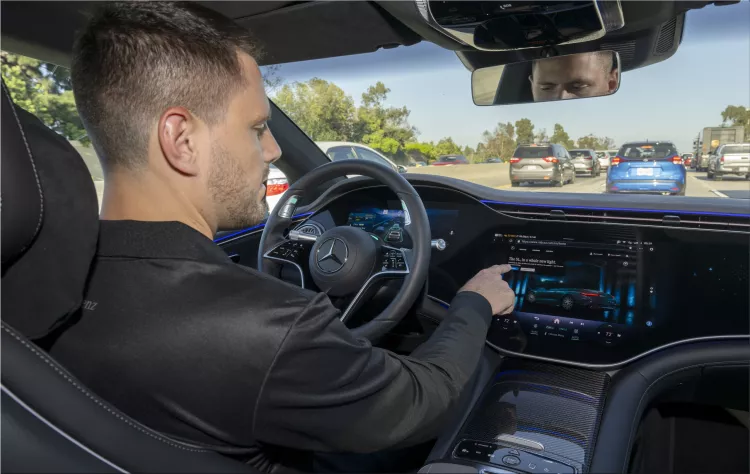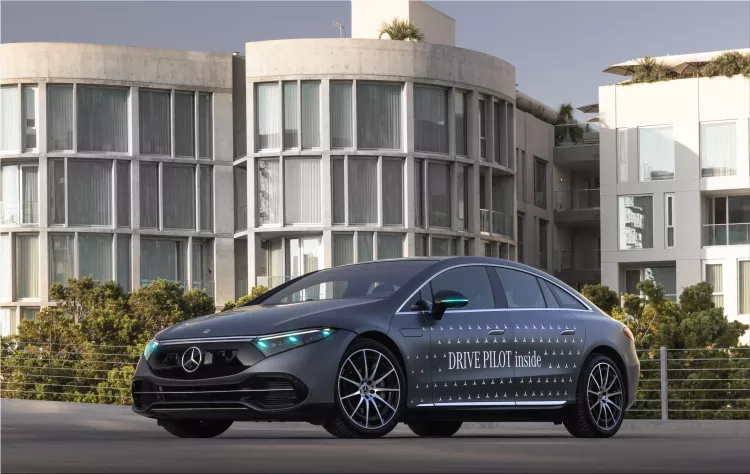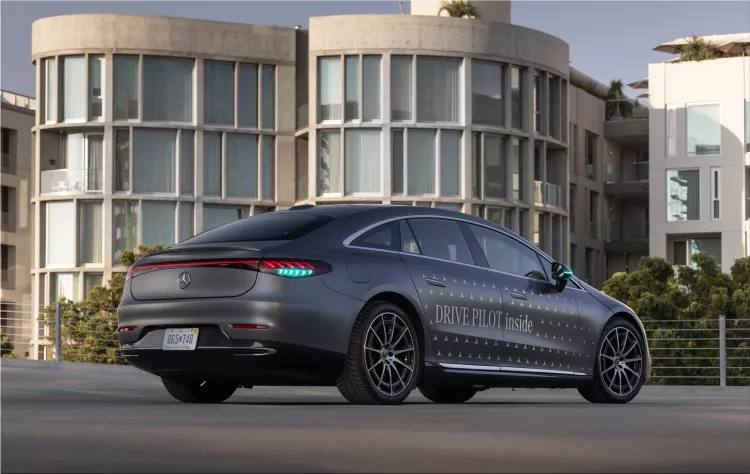Mercedes-Benz has always been a pioneer in the automotive industry, introducing innovations that have shaped the way we drive and experience cars. From the first car with a gasoline engine to the first car with anti-lock brakes, Mercedes-Benz has always been at the forefront of technology and engineering.
Now, Mercedes-Benz is once again breaking new ground with the launch of Drive Pilot, the world's first certified SAE Level 3 system for the U.S. market. Drive Pilot is a revolutionary feature that allows the driver to delegate the driving task to the car in certain situations, such as highway traffic jams. This means that the driver can relax, watch a video, read a book, or browse the internet while the car takes care of steering, braking, accelerating, and changing lanes.
What is Drive Pilot, and how does it work?
Drive Pilot is not just another driver assistance system. It is an automated driving system that can handle complex scenarios without human intervention. Unlike Level 2 systems, such as Tesla’s Autopilot or GM’s Super Cruise, Drive Pilot does not require the driver to pay attention to the road or be ready to take over at any moment. Instead, the Drive Pilot monitors the surroundings and informs the driver when it is safe and legal to activate or deactivate the system.
Drive Pilot uses sensors, cameras, lidar, microphones, and high-precision GPS to create a 3D map of the environment and locate the car on an HD map. It also communicates with other cars and infrastructure using vehicle-to-everything (V2X) technology. When Drive Pilot is engaged, the car displays blue exterior lighting to signal to other road users that it is in automated mode.
Drive Pilot is designed to work on highways that have been high-definition mapped and approved by Mercedes-Benz. It can operate at speeds up to 40 mph and only in daylight and good weather conditions. It can also only be used in California and Nevada, where Level 3 systems are authorized by law. Drive Pilot will be available on the 2024 Mercedes-Benz S-Class and Mercedes-Benz EQS sedans as an optional feature.
What are the benefits of Drive Pilot?
Drive Pilot is not only a technological breakthrough but also a legal and ethical one. It is the first time that an automaker assumes liability for an automated driving system in case of an accident. This means that Mercedes-Benz has full confidence in its system and its ability to handle any situation safely and reliably.
Drive Pilot is also a milestone for customer satisfaction and convenience. It offers a new level of comfort and luxury for drivers who want to make the most of their time on the road. Drive Pilot can reduce stress, fatigue, and boredom while increasing productivity, entertainment, and enjoyment. Drive Pilot can also improve traffic flow and reduce emissions by optimizing speed and distance.
How does Drive Pilot compare to other systems?
Drive Pilot is the first Level 3 system available in the U.S., but not the first in the world. In Japan, Honda has launched its Legend sedan with Traffic Jam Pilot, a similar system that can operate at speeds up to 31 mph on highways. Audi also has a Level 3 system called Traffic Jam Pilot, but it has not been released due to regulatory hurdles.
Level 2 systems are more common and widely available but have limitations. They require constant supervision from the driver and cannot handle complex situations such as lane changes or emergency maneuvers. Some examples of Level 2 systems are Tesla’s Autopilot, GM’s Super Cruise, Ford’s BlueCruise, Hyundai’s Highway Driving Assist 2, and Volvo’s Pilot Assist.
Level 4 systems are more advanced than Level 3 systems but are still under development and testing. They can operate without human intervention in specific areas or conditions, such as geofenced zones or low-speed environments. Some examples of Level 4 systems are Waymo’s self-driving taxis, Cruise’s autonomous vehicles, and Zoox’s electric robotaxi.
Level 5 systems are the ultimate goal of self-driving cars but are still far from reality. They can operate without human intervention in any area or condition, without any limitations or restrictions. No one has achieved Level 5 autonomy yet.
What are the challenges and limitations of Drive Pilot?
Drive Pilot is a groundbreaking system that opens up new possibilities for mobility, but it also faces some challenges and limitations. Some of them are:
- Legal and regulatory issues: Drive Pilot must comply with laws and regulations in different states and countries. For example, California always requires a driver behind the wheel, while Nevada allows drivers to sit in any seat. Drive Pilot also needs to deal with ethical dilemmas, such as who is responsible for an accident or how to handle moral choices.
- Technical and operational issues: Drive Pilot needs to ensure the reliability and security of its system and data. For example, Drive Pilot needs to prevent cyberattacks, software glitches, sensor failures, or map errors. Drive Pilot also needs to handle unexpected situations such as road closures, construction zones, or emergency vehicles.
- Social and psychological issues: Drive Pilot needs to gain the public's and users' trust and acceptance. For example, Drive Pilot needs to educate the users on how to use the system safely and effectively. Drive Pilot also needs to address the users' and society's fears and concerns about the impact of automation on jobs, privacy, or human dignity.
Mercedes-Benz Drive Pilot is a game-changer that will redefine what it means to drive and be driven. It is a testament to Mercedes-Benz’s vision, innovation, and leadership in the automotive industry. It is a glimpse into the future of mobility, where humans and machines work together seamlessly and harmoniously.
Drive Pilot is here. Are you ready?
@via Panorica and Mercedes-Benz.
Mercedes-Benz is the first automaker to receive approval for its DRIVE PILOT system, a Level 3 autonomous driving technology that allows drivers to take their eyes off the road in certain conditions. The system features… Continue reading
NIO ET7 is the new fully-electric sedan from the Shanghai car manufacturer. Presented at NIO Day, on Saturday 9 January 2021, it is the electric car with the longest autonomy ever (1,000km), and with technologies of the highest level. In… Continue reading
The Twike electric vehicle manufacturer is pleased with the response to the crowdfunding campaign for the vehicle's fifth generation. Twike reached its funding goal super fast. It took just 14 days for the volume to increase by a factor of… Continue reading
Commercial vehicles are essential for our economy and society. They transport goods, deliver services, and support various industries. However, they also have a significant environmental impact, as they consume large amounts of fossil… Continue reading


